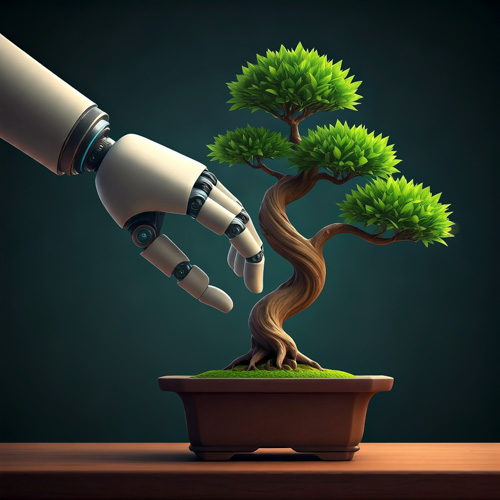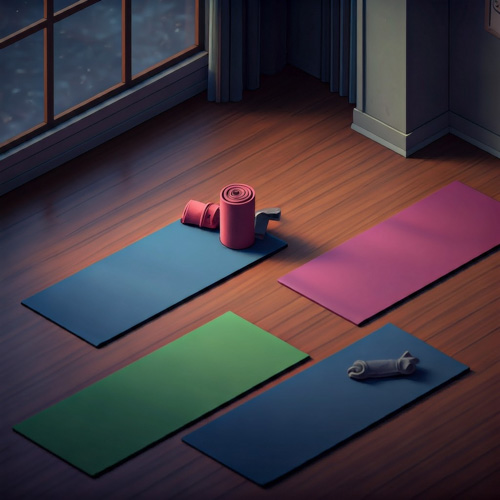Dr. Benton has co-authored a book on Virtual Reality and its use in the treatment of serious illnesses.
Virtual reality (VR), once primarily associated with immersive gaming experiences, is now making significant strides in the healthcare sector, offering innovative solutions for pain and anxiety management. This technological evolution presents a compelling alternative to traditional pharmaceutical interventions, particularly for individuals seeking non-invasive and personalized therapeutic approaches.

VR technology operates by creating simulated, three-dimensional environments that engage users on a sensory level. These environments can serve dual purposes: distracting patients from acute or chronic pain and simulating anxiety-inducing scenarios in a controlled, therapeutic setting. By immersing individuals in these virtual worlds, healthcare providers can facilitate the development of coping mechanisms and empower patients to manage their responses to pain and anxiety.
Research studies have demonstrated the potential efficacy of VR in various clinical contexts. For instance, VR has shown promise in reducing chronic pain symptoms, alleviating pre-procedural anxiety, and treating phobias and post-traumatic stress disorder (PTSD). The ability to customize VR experiences to individual patient needs makes it a versatile tool for addressing a wide range of psychological and physiological conditions.
For the generation that has witnessed the rapid advancement of technology, including the transition from arcades to virtual realities, the integration of VR into healthcare presents both an intriguing and practical solution. As individuals navigate the complexities of midlife and beyond, they may encounter increased instances of age-related aches and pains, as well as heightened stress levels stemming from work, family, and other life transitions. VR therapy offers a non-pharmacological approach to managing these challenges, providing a sense of control and empowerment.
While VR therapy is still in its developmental stages, it is becoming increasingly accessible and affordable. As technology continues to advance, VR has the potential to become a standard component of healthcare, offering personalized and effective methods for pain and anxiety management. This shift towards digital therapeutics reflects a broader trend in healthcare, where technology is being leveraged to enhance patient outcomes and improve quality of life.










